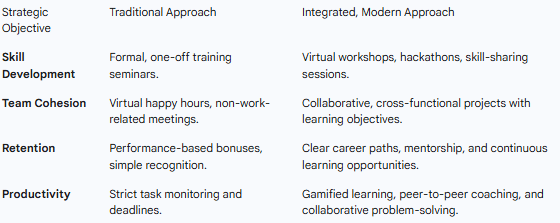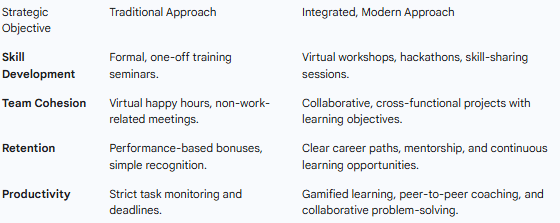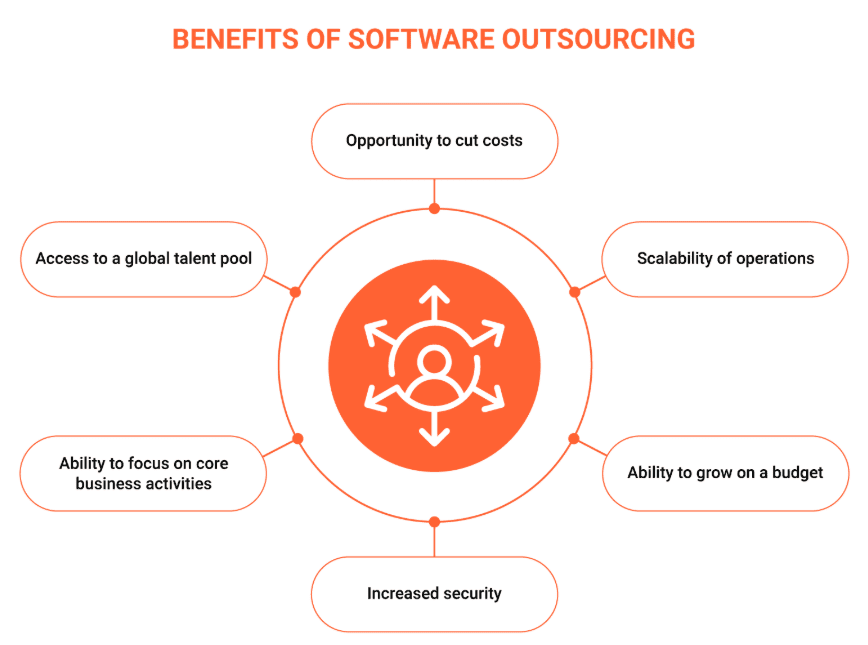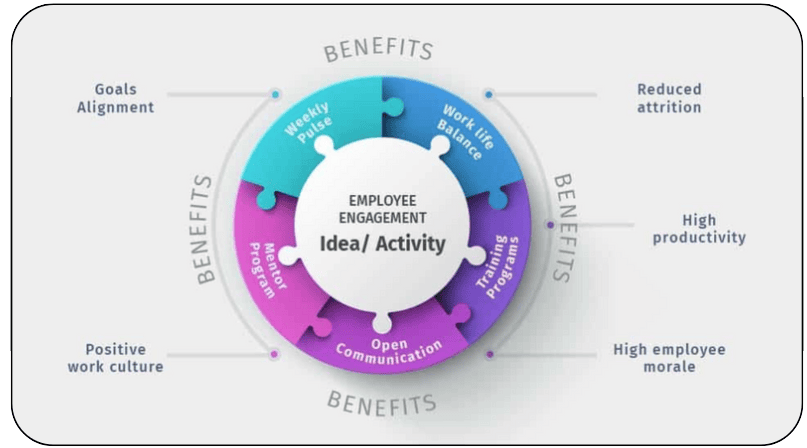For many American businesses, managing these activities can be daunting. This is where Business Process Outsourcing (BPO) and Employer of Record (EOR) solutions become invaluable. These partners have evolved from simply providing labor to becoming strategic allies in talent development and retention. To justify the investment in upskilling and engagement, American businesses need to measure their impact with clear Key Performance Indicators (KPIs). Simply having activities in place isn't enough; proving their value is what drives continued investment. Metrics like Employee Attrition Rate and Time-to-Productivity offer direct insights into the effectiveness of onboarding and engagement programs. A decrease in attrition and a faster time-to-productivity indicate that employees are well-integrated and feel valued. Furthermore, measuring Customer Satisfaction Scores and Productivity Gains can directly link upskilling initiatives to a positive business impact. For instance, a rise in customer satisfaction can be a clear sign that a customer service team has effectively adopted new problem-solving skills. By using these data points, businesses can create a compelling case for their upskilling and engagement programs, turning an expense into a measurable profit-driver.


Modern BPO firms offer a full spectrum of HR, training, and employee engagement services. For many American businesses, the biggest obstacle to implementing these strategies is a lack of resources and expertise. This is where outsourcing solutions, particularly those provided by BPO firms and EOR services, become a game-changer. These partners have evolved from simple staffing agencies into full-fledged strategic allies. A modern BPO provider, for example, often comes with a dedicated Training and Development team that can design and deliver custom upskilling programs. They also have the infrastructure to manage global learning platforms and implement performance management systems to track progress. Similarly, an Employer of Record (EOR) helps American businesses navigate the complexities of international labor laws, which is essential for any long-term upskilling strategy. By leveraging these solutions, businesses can gain access to the expertise needed to implement sophisticated engagement and upskilling programs without the burden of building and managing them in-house.
Pre-Vetted Talent & Rapid Upskilling: Many BPOs have a ready talent pool and can deploy teams that have already received foundational training, significantly reducing time-to-productivity for the American business.
Dedicated Training & Development Teams: BPO providers employ specialists who design and deliver custom training programs, tailored to the client's specific needs. They often have access to a wide array of e-learning platforms and certifications.
Cultural Integration Management: BPO partners understand the local culture and can provide valuable insights and training to bridge the cultural gap between onshore and offshore teams, a crucial element for engagement.
Local Employee Engagement Initiatives: A BPO partner can organize and manage local-level employee engagement activities, such as office celebrations, team lunches, and local recognition programs, without the US business having to manage them from afar.
Methodologies and Activities for Upskilling with Engagement
To effectively merge engagement and upskilling, American businesses are moving beyond traditional training. They are implementing dynamic methodologies that foster collaboration and healthy competition. Gamified learning, for instance, introduces elements like points, badges, and leaderboards to skill-based challenges, turning them into fun, interactive games. This approach can be particularly effective in cross-cultural teams by creating a universal language of competition and success. Peer-to-peer learning is another powerful methodology. Programs like virtual skill-sharing sessions, where an employee teaches a skill to their colleagues, not only distribute knowledge but also empower employees, giving them a sense of purpose and recognition. Similarly, mentorship programs that pair onshore and offshore employees build trust and facilitate deep knowledge transfer. These activities are designed to break down geographical and cultural silos, creating a cohesive team that grows and learns together.

The Importance of Cross-Cultural Sensitivity
Beyond just time zones and communication tools, the success of an offshore team hinges on cross-cultural sensitivity. American businesses must understand that work culture, communication styles, and even the perception of authority can vary significantly across different regions. In some cultures, direct feedback may be seen as confrontational, while in others, it is expected. Similarly, the concept of a "team" might hold different social implications. To address this, companies should integrate cultural training into both their onboarding and upskilling programs. This can involve workshops on cultural nuances, a "culture handbook" for both onshore and offshore teams, or a cross-cultural mentorship program. When both sides understand and respect these differences, it builds a foundation of trust that makes all other engagement and upskilling activities far more effective. A lack of this understanding is a primary reason for high attrition and low productivity in offshore teams.

Navigating the Technology Stack
The right technology is the backbone of any successful offshore operation, especially when it comes to engagement and upskilling. However, the technology stack must go beyond basic communication tools like Slack or Zoom. To truly upskill a team, businesses need to provide access to comprehensive digital learning platforms like Coursera for Business, Udemy for Business, or LinkedIn Learning. These platforms offer a vast library of courses and certifications that can be tailored to the team's specific needs and career goals. For engagement, tools that facilitate asynchronous collaboration are just as important as synchronous ones. Project management software like Asana or Jira, combined with document collaboration tools like Google Workspace, ensures that work continues smoothly across different time zones. Lastly, a well-structured performance management system is crucial. Tools that allow for transparent goal setting and continuous feedback, like 15Five or Lattice, provide clarity and motivation, making employees feel connected to their individual and team's success.
Strategic Incentives and Recognition
While a salary is a primary motivator, it is the strategic use of incentives and recognition that truly drives engagement and upskilling. This goes beyond simple bonuses and should be tailored to the local culture. For example, in some cultures, public recognition and prestigious awards may be more highly valued than a cash bonus. Furthermore, incentives should be directly tied to upskilling goals. For instance, a company could offer a bonus for earning a specific certification or for successfully leading a knowledge-sharing session. Offering paid time off for training, or even a budget for personal development, signals a company's commitment to its employees' long-term growth. By creating a culture where learning and development are recognized and rewarded, American businesses can create a highly motivated and skilled offshore team that is not just working for a paycheck, but is actively invested in the company's success.
